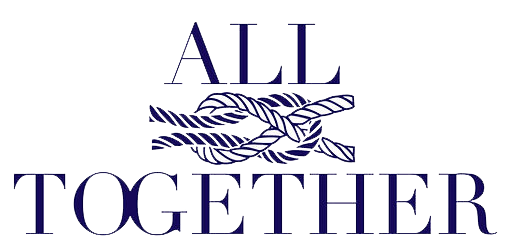As the seasons shift, so do our daily routines—and for many families, these changes can bring unique challenges. For those seeking support through behavior therapy CT, understanding how to create a cozy, structured environment is key to helping children adapt smoothly. Applied Behavior Analysis (ABA) offers practical, evidence-based strategies to manage transitions and maintain comfort, no matter the season.
Why Structure Matters During Seasonal Changes
Seasonal transitions—like the start of a new school year or the arrival of winter—often disrupt established routines. Children, especially those receiving behavior therapy, may experience increased anxiety or behavioral resistance when faced with these changes. ABA therapy provides a framework to help children anticipate, understand, and adapt to new routines, reducing stress for the whole family.
ABA Strategies for Managing Routines and Transitions
1. Visual Schedules and Supports
- Use visual schedules, charts, or cues to outline daily activities. These tools help children see what’s coming next, making transitions less overwhelming.
- Update schedules to reflect seasonal changes, such as new school times or holiday routines.
2. Consistency with Flexibility
- Keep core routines as consistent as possible, even when external factors change.
- Prepare children for upcoming changes by giving advance warnings and using social stories to explain what to expect.
3. Task Analysis and Chaining
- Break down complex seasonal tasks (like getting dressed for winter or preparing for a holiday) into small, manageable steps.
- Teach each step individually, then link them together to build independence.
4. Positive Reinforcement
- Celebrate successes with praise, small rewards, or preferred activities when children adapt to new routines or complete seasonal tasks.
- Reinforcement motivates children to embrace changes and builds confidence.
5. Practice in Real-Life Scenarios
- Practice new routines in advance, such as visiting a new classroom before school starts or rehearsing bedtime changes as daylight hours shift.
- Use role-play and modeling to help children internalize new expectations.
Tips for Families Using Behavior Therapy CT
- Collaborate with your ABA therapist to develop seasonal schedules that balance therapy goals with family activities.
- Monitor progress using checklists or self-monitoring tools, encouraging children to track their own achievements.
- Stay proactive by anticipating seasonal changes and preparing strategies in advance.
Building Resilience Through Cozy Structure
By combining consistency, visual supports, and positive reinforcement, families can create a cozy, predictable environment that helps children thrive through seasonal changes. These ABA-based strategies not only ease transitions but also foster independence and resilience—skills that last a lifetime.
For more guidance on behavior therapy in CT and personalized support, All Together is here to help your family build routines that feel safe, structured, and adaptable all year round.





